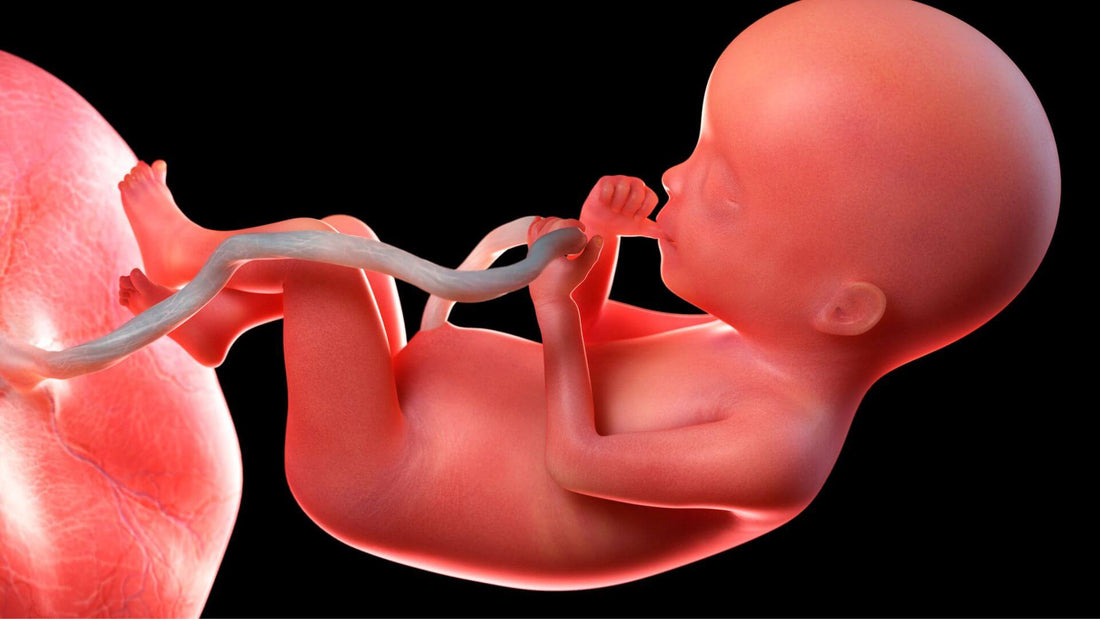Placenta: The Midwife's Complete Guide
Introduction
If you are pregnant and experiencing this journey for the first time, you will undoubtedly have asked yourself questions about the placenta .
What is the placenta? How many types of placenta are there? In this article, I will answer these questions, and more.
We will discover together what placenta previa is , what is meant by anterior, low and posterior placenta and what abruption is.
The content, as you can see, is preceded by an index, inserted to allow you to delve deeper into the various facets with a simple click on the titles of the paragraphs that interest you.
For a complete and practical support path towards birth, I recommend the prenatal video course by Doctor Maria Chiara Alvisi , the midwife of the DrSilva team.
If, instead, you want to discover precious tips to accompany your child along his path of motor development, you can come and take a look on the Instagram profile @drsilva.com_official.
What is the placenta?
The placenta is a temporary or deciduous organ .
This second definition indicates the fact that, once its function is completed, it separates from the rest of the body.
It is formed in the mother's womb during pregnancy and its function is to nourish the fetus , so as to best support it during its growth.
When it comes to it, it is necessary to remember that it originates both from the mother, starting from changes that affect the endometrium , and from the embryo .
The part of the placenta of embryonic origin are the chorionic villi, whose task is to absorb oxygen and other nutrients from the maternal bloodstream, with the consequent release of carbon dioxide to the maternal body.
Once it has fulfilled its functions, which we will discuss in detail in the next paragraph, during pregnancy, the placenta is expelled through the afterbirth.
What happens to the placenta after birth ?
In most cases, it is expelled , at the aforementioned moment of secondment , after more or less half an hour from the puppy's arrival in the world and in a natural way.
Through contractions that are less intense than those of labor, the cotyledons, or blood vessels that keep the placenta anchored to the uterus, detach from the walls of the uterus.
The expulsion of the placenta and fetal appendages occurs in this way.


